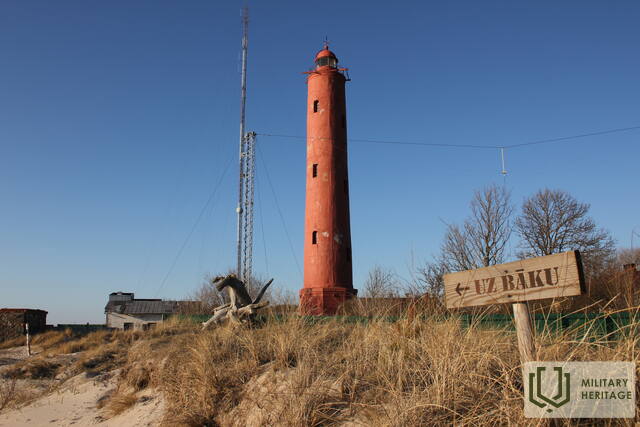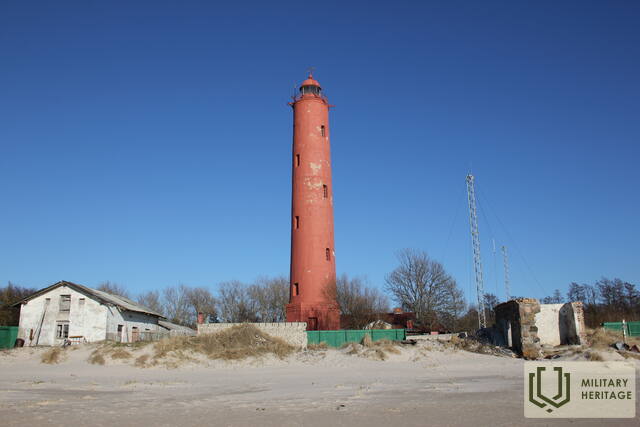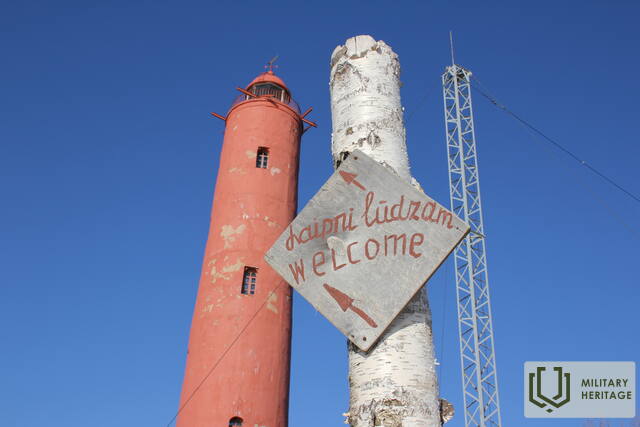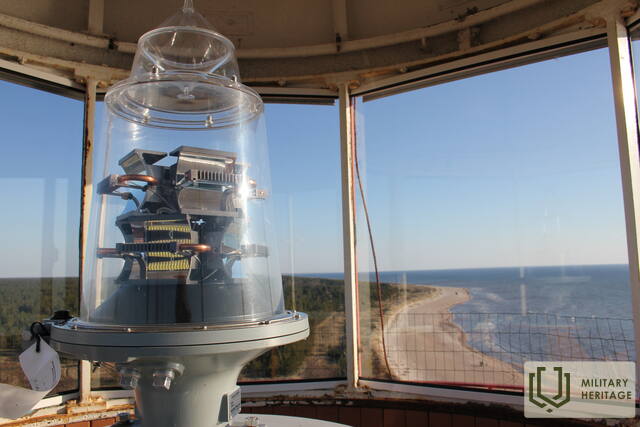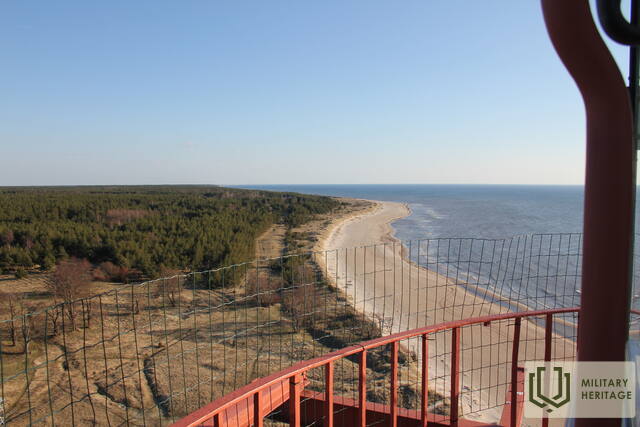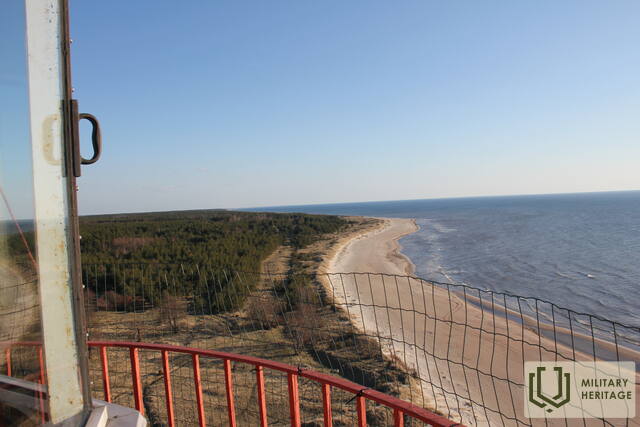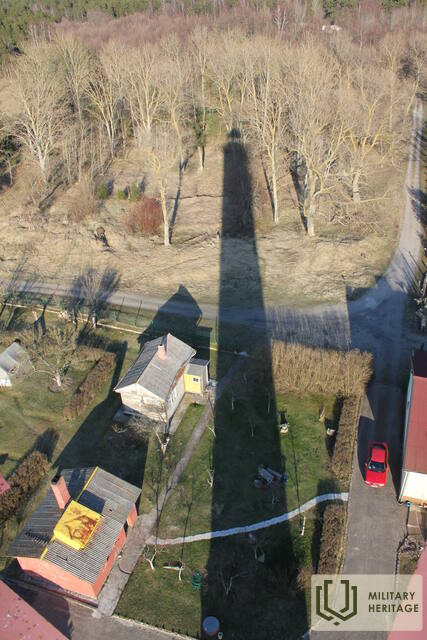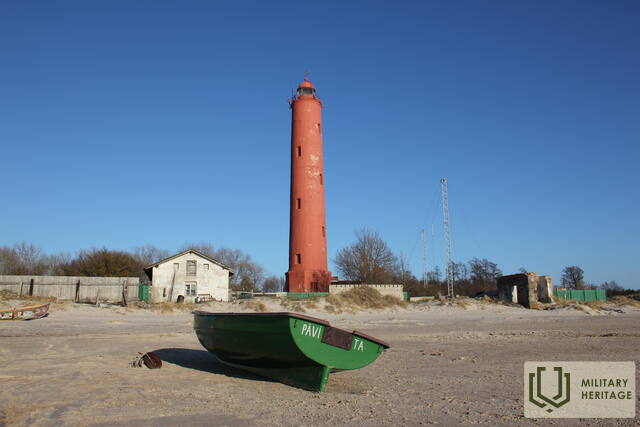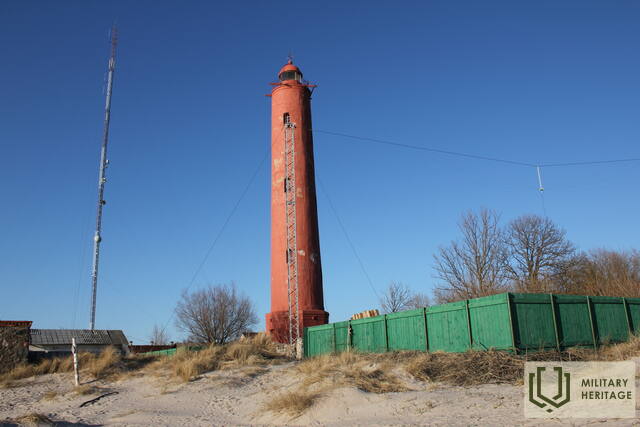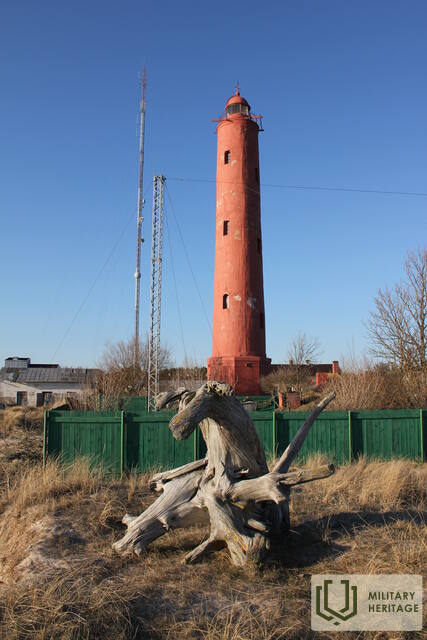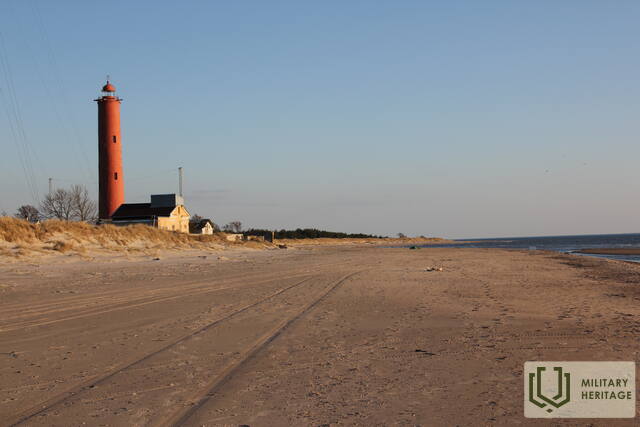Akmeņrago švyturys ir „Saratovo“ likimas
Infrastruktūra

Akmeņrago švyturys yra Sakos valsčiuje, 10 kilometrų į pietvakarius nuo Paviluostos. Į švyturio viršūnę galima patekti spiraliniais laiptais, iš jos atsiveria vaizdas į jūrą ir aplinkinius miškus. Dabartinis 37 metrų aukščio švyturio bokštas buvo pastatytas 1921 m., o ankstesnis švyturys buvo sunaikintas per Pirmąjį pasaulinį karą.
Akmeņrago švyturys išsiskiria iš kitų Latvijos švyturių, nes yra vienoje pavojingiausių laivybai vietų visoje Baltijos jūros pakrantėje. Švyturio signalinis spindulys žymi uolėtą krantą, kuris šiaurės vakarų kryptimi tęsiasi maždaug dvi jūrmyles arba 3,7 kilometro į jūrą. Kranto gylis yra kiek daugiau nei du metrai. Švyturio vieta nepakito, tačiau pakrantė bėgant metams tolsta. Nors navigacijos šviesa čia yra nuo 1879 m., Akmeņrage įvyko keletas laivų avarijų. Žymiausia įvyko 1923 m. rugsėjį, kai į seklumą atsitrenkė Latvijos garlaivis „Saratow“. 1919 m. Saratovas trumpai buvo Latvijos laikinosios vyriausybės būstinė. Akmeņrage anksčiau buvo pasienio apsaugos postas, čia galima apžiūrėti sovietų armijos pastatus.
Panaudoti šaltiniai ir literatūra:
Švyturiai - Ventspilio laisvojo uosto direkcija (portofventspils.lv)
https://www.latvia.travel/lv/apskates-vieta/akmenraga-baka
Edukacinės programos
Ekskursija į Akmeņrago švyturį
Į Akmeņrago švyturį galima užlipti spiraliniais laiptais. Užlipus į švyturį atsiveria fantastiškas vaizdas į jūrą ir aplinkinius miškus. Švyturys yra pagrindinis Akmeņrago traukos objektas. 2011 m., įgyvendinant projektą, buvo rekonstruotas kelias į Akmeņrago švyturį. Informacija apie unikalią švyturio prižiūrėtojo surinktą gintaro ir akmenų kolekciją pasklido toli už Akmeņrago ribų.
Susijusi laiko juosta
Susijusios temos
Susijusi istorija
Draudžiami švyturiai ir pakrantė
SSRS laikais Šiaurės ir Vakarų Kuržemės pakrantė iš tikrųjų buvo karinė zona, uždaryta visuomenei, tačiau buvo draudžiama lankytis švyturiuose ar net fotografuoti.
„PZ“ – pasienio zona
Vērgalės kaimo liaudies deputatų tarybos pirmininko (1982–1989 m.) Andrio Zaļkalno prisiminimai apie gyvenimą pasienio zonoje.
Akmeņrago švyturys ir seklumėlė – viena didžiausių laivų kapinių Baltijos jūroje
Būtent Akmensrago švyturio rajone 1923 m. sausio 13 d. tragiškai užplaukė ir sudužo garlaivis „Saratov“ , kuriuo, įkūrus nepriklausomą Latvijos valstybę, prieglobstį rado K. Ulmanio vadovaujama laikinoji vyriausybė.
Akmenragso karinis kompleksas
Sovietmečiu Akmeņrage buvo karinis kompleksas.
Artūro Ozolo prisiminimai apie laivą „Saratov“
Artūras Ozolas baigė Rygos politechnikos institutą ir tarnavo Rusijos Juodosios jūros laivyne karininku (mičmanu) ir inžinieriumi karo laive „Panteleimon“. Latvijos išsivadavimo kovos metu jis įstojo į Studentų kuopą. Liepojoje jis pradėjo eksploatuoti laivą „Saratov“. Artūro Ozolo atsiminimai apie laivą „Saratov“ buvo publikuoti Daugagavos Vanagi mėnesiniame leidinyje.
Kyšulys ir laivas „Saratovas“
Galima manyti, kad Liepoja trumpą laiką buvo Latvijos sostinė, nes Laisvės kovų metu Laikinoji vyriausybė buvo dislokuota laive „Saratov“ būtent šiame mieste. „Saratov“ po Rygos išlaisvinimo Laikinąją vyriausybę nugabeno į ją, tačiau daugelis žmonių nežino, kad tokio svarbaus mums laivo istorija baigėsi jūroje, Akmenrage.
Kuržemės pakrantė – uždara zona
Šaltojo karo metu visa Kuržemės pakrantė buvo uždara zona visuomenei – čia pagrindinius sprendimus priėmė sovietų pasieniečiai, turintys sargybos postus tam tikru atstumu ir stebėjimo bokštus su prožektoriais paplūdimyje. Civiliai asmenys pajūryje buvo leidžiami tik dienos šviesoje.
"Latvijos SSR AE bus čia!"
Andrio Zaļkalno (g. 1951 m., Vērgalės kaimo Liaudies deputatų tarybos pirmininko (1982–1989 m.)) prisiminimai apie laiką, kai Akmeņrage beveik buvo statoma atominė elektrinė.
Latvijos armijos šarvuotasis traukinys Nr. 5 arba „Kolpaks“
Latvijos armijos šarvuotasis traukinys Nr. 5 arba „Kalpaks“ buvo lengvasis šarvuotasis traukinys, naudotas Latvijos ginkluotosiose pajėgose 1919 m.




